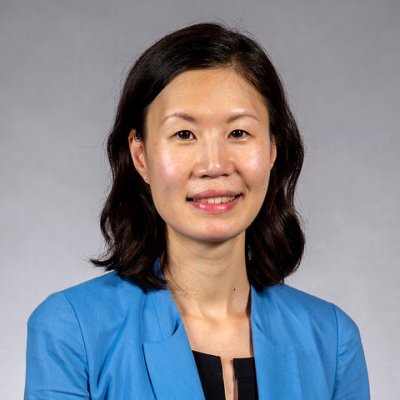Wonhyung Lee, University at Albany – Helping the Homeless through Business Improvement Districts
 On University at Albany Week: Can businesses work together to help the homeless?
On University at Albany Week: Can businesses work together to help the homeless?
Wonhyung Lee, assistant professor in the school of social welfare, discusses BIDs and how they can foster a long-term approach to helping the homeless.
Wonhyung Lee is an Assistant Professor at the School of Social Welfare of the University at Albany, State University of New York. With her background in social work and urban planning, her research centers on community development and engagement. She is particularly interested in the process of neighborhood revitalization and asset building in disadvantaged communities. Her research interests range from the improvement of physical spaces and economic activities to the promotion of collective actions and access to services. Dr. Lee pursues interdisciplinary and community-engaged research opportunities, which comprises expertise from various disciplines such as arts, business, engineering, public health, and public policy. Some of her recent work reveals the potential for human service and business communities to work together to benefit marginalized populations. Two examples include business improvement districts (BIDs) that serve the needs of homeless populations and microfinance programs that help entrepreneurs with low assets and credit. Dr. Lee is currently co-leading an NSF-funded project on Smart and Connected Communities with a goal of developing a technology that can improve the communication between service-seekers and service-providers. In and outside the classroom, Dr. Lee applies community-engaged and experiential approaches to facilitate hands-on learning for students.
Helping the Homeless through Business Improvement Districts
There are more than 1,000 business improvement districts across the U.S., and the number continues to grow. Business improvement districts, or BIDs, are formed when property or business owners agree to pay and make collective efforts to take care of the area by themselves.
Each BID makes its own decision about how to manage the area through services like street cleaning, security, and marketing. As a result, many cities are now divided up by the boundaries of BIDs and maintained at a district level.
My recent research focused on how BIDs approach homeless populations. Because BIDs typically represent the interests of the business community, BIDs are often understood as forces behind anti-homeless policies.
However, I found that the approaches that BIDs take to deal with homelessness could vastly differ from district to district. In my study in Washington, D.C., I focused on the BIDs that have sought collaborative, long-term approaches toward homelessness, which I categorize into three dimensions.
First, BIDs make excellent advocates for the housing-first policy from an economic and investment point of view for the city. Second, BIDs are naturally positioned to mediate the private and public interests where business owners, residents, activists, and law enforcement officers could share information and work together. Third, BIDs are capable of providing direct services such as street outreach, service referrals, and even job opportunities for homeless populations.
These examples show that BIDs can play a different role in addressing homelessness and improve the relationship between the business community and homeless populations.


